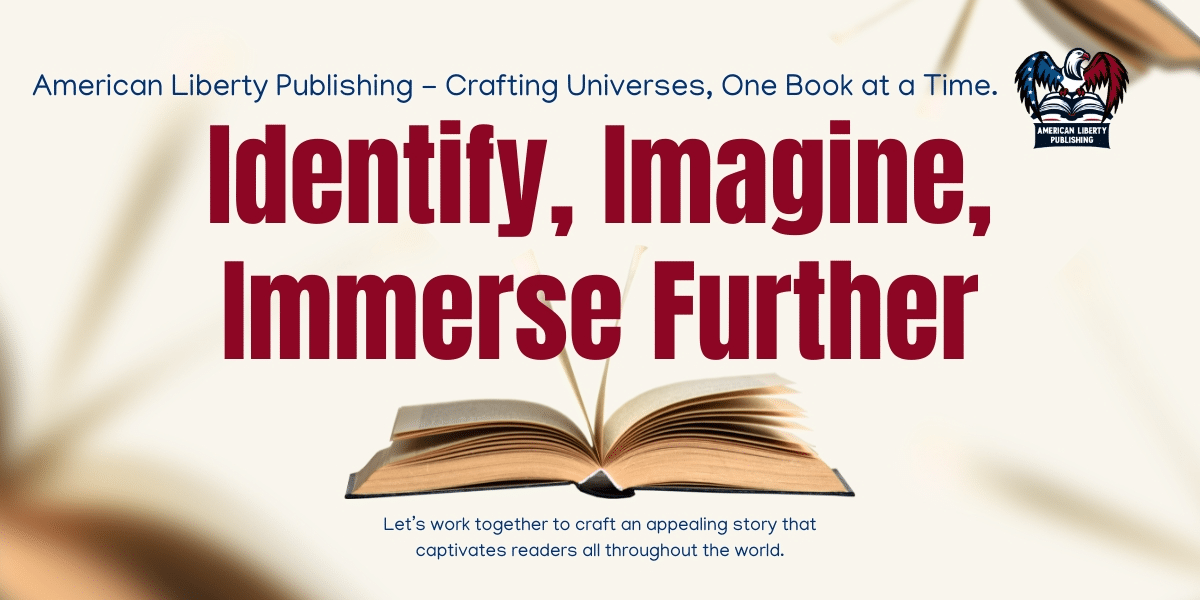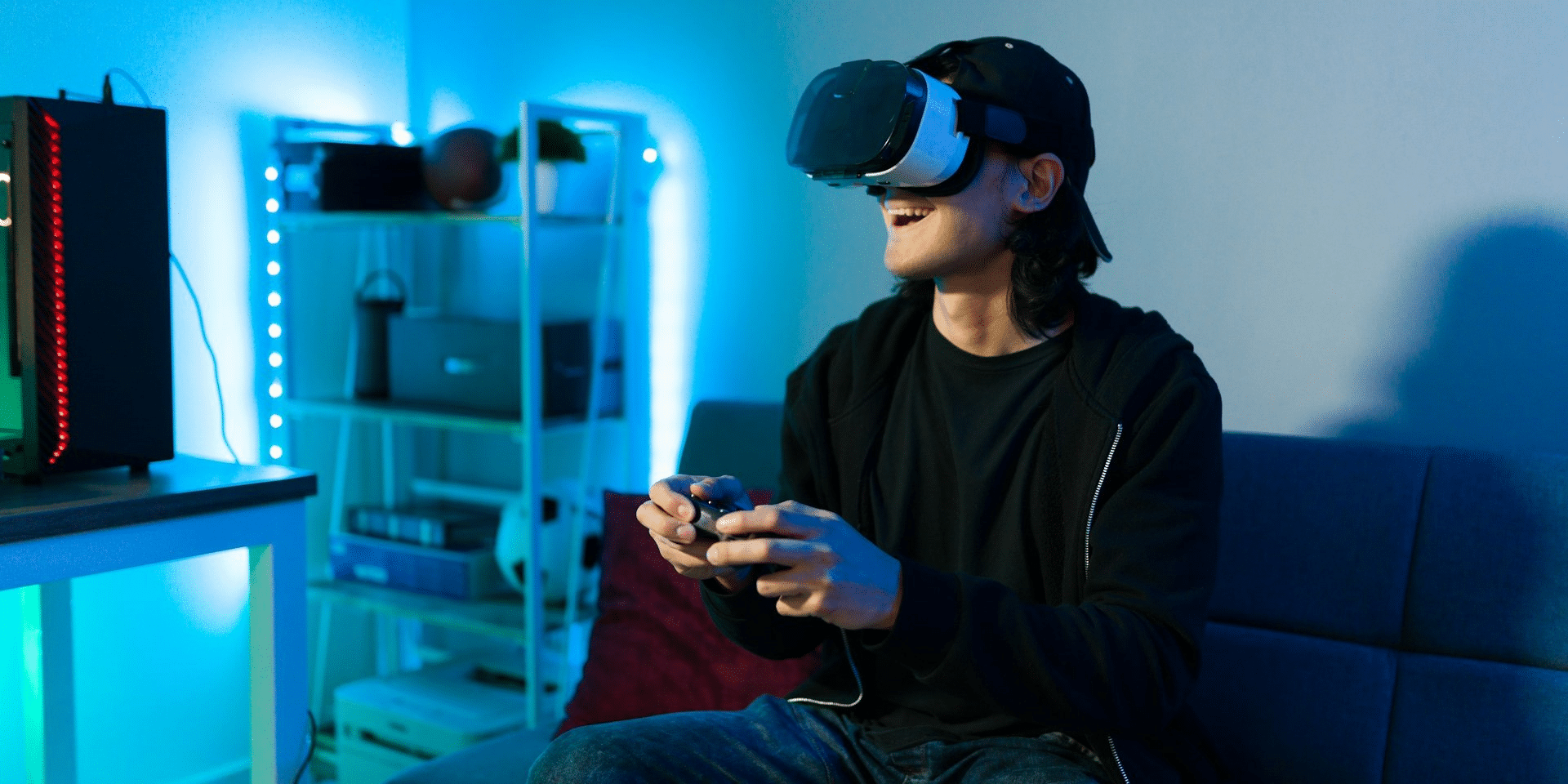The rise of new media has profoundly impacted the traditional Hollywood model, reshaping how content is created, distributed, and consumed. This disruption is multifaceted, driven by technological innovations, changing audience preferences, and new financial structures.
Changing Content Creation and Distribution
Direct-to-Consumer Platforms
New media platforms like YouTube and TikTok bypass traditional distribution channels, allowing creators to release content directly to audiences. This shift empowers creators to build and engage with their audience without relying on studios or networks. Additionally, the rise of on-demand streaming services such as Netflix and Amazon Prime has transformed viewing habits, moving away from scheduled programming to a model where viewers can watch content whenever they choose.
Financial Impact on Hollywood
Revenue Models
Traditional revenue streams, such as box office sales and television advertising, are being challenged by subscription-based and ad-supported streaming services. These new models are not only more flexible but also often more lucrative, as they can reach global audiences without the limitations of traditional distribution. As new media companies invest heavily in original content, competition in Hollywood has intensified, driving up production costs and changing how films and series are financed.
Influence of Social Media and Viral Marketing
Influencer Culture
Social media influencers are rapidly becoming key players in content creation and promotion. With large, engaged audiences, influencers can create and distribute content more quickly and effectively than traditional Hollywood marketing campaigns. This shift has led to a democratization of content production, where anyone with a smartphone and internet access can potentially reach millions. Crowdsourced funding platforms like Kickstarter further enable independent creators to fund projects without relying on traditional studio financing.
Technological Innovations
AI and Data Analytics
New media companies are leveraging AI and data analytics to tailor content to viewer preferences, an area where traditional Hollywood has been slower to adapt. By analyzing viewing habits and predicting trends, these companies can create content that resonates more strongly with audiences. Moreover, technologies like Virtual Reality (VR) and Augmented Reality (AR) are opening new possibilities for content creation and consumption, offering immersive experiences that traditional media struggles to replicate.
Shifts in Audience Preferences
Diverse Content
There is a growing demand for diverse and niche content that new media platforms are quick to deliver. This trend is sidelining traditional Hollywood productions, which often cater to broader, more generic audiences. Additionally, the rise of interactive content, such as choose-your-own-adventure films, appeals to modern viewers seeking more engaging and personalized experiences.
Global Reach and Localization
Global Audience Access
New media platforms are not confined by geographical boundaries, allowing them to reach global audiences more effectively than traditional Hollywood studios. This has challenged Hollywood’s dominance in international markets, as new media companies can quickly produce and distribute localized content that resonates with different cultural contexts. The ability to rapidly adapt content for various regions gives new media a significant advantage in the global entertainment landscape.
In conclusion, new media is fundamentally altering the traditional Hollywood model, pushing the industry to adapt or risk being left behind. As technology continues to evolve and audiences demand more personalized and diverse content, the impact of new media on Hollywood is likely to grow even more profound in the years to come.














